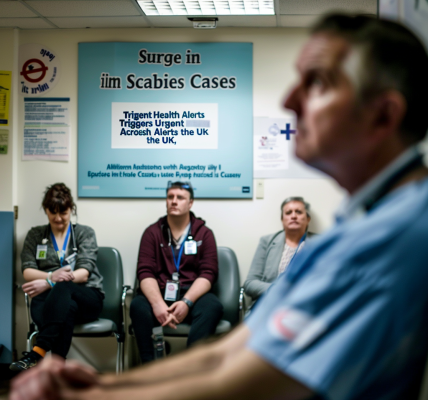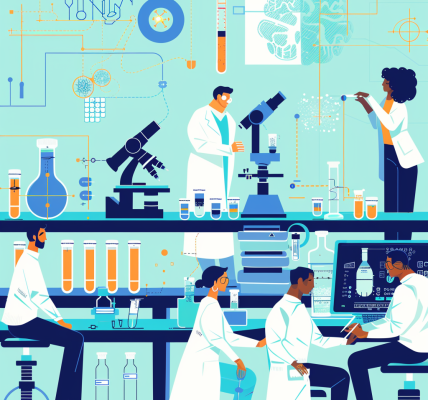A rare disorder causing babies to be born with extra fingers and toes and a range of birth defects has been identified in new research co-led by the University of Leeds. This disorder, caused by a genetic mutation in a gene called MAX, leads to a range of symptoms relating to ongoing brain growth, such as autism.
The research, published in the American Journal of Human Genetics, focuses on three individuals with a rare combination of physical traits, namely polydactyly and macrocephaly. These individuals also share delayed development of their eyes, resulting in vision problems early in life. The study compared the DNA of these individuals and found they all carried the shared genetic mutation causing their birth defects.
The co-leaders of the research, Dr. James Poulter from the University of Leeds, Dr. Pierre Lavigne at Université de Sherbrooke in Québec, and Professor Helen Firth at Cambridge University, have highlighted the importance of interdisciplinary research into rare diseases in providing understanding and hope of a treatment to families who often face many years of uncertainty about their child’s condition and prognosis.
Dr. Poulter, a UKRI Future Leaders Fellow and University Academic Fellow in Molecular Neuroscience, emphasized the significance of the research in potentially identifying ways to treat these rare conditions. The study team found a molecule that could potentially be used to treat some of the neurological symptoms and prevent any worsening of the condition. However, further research is needed to test this molecule before it can be used as a treatment. The team also identified a drug that is already in clinical trials for another disorder, which could be fast-tracked for these patients if the research finds the drug reverses some of the effects of the mutation.
The study team’s findings have provided hope for families affected by these rare conditions, offering the possibility of understanding and potential treatments for patients with similar combinations of features. The researchers aim to continue their efforts in advancing interdisciplinary research into rare diseases, ultimately providing support and hope to families navigating the complexities of these under-represented conditions.





